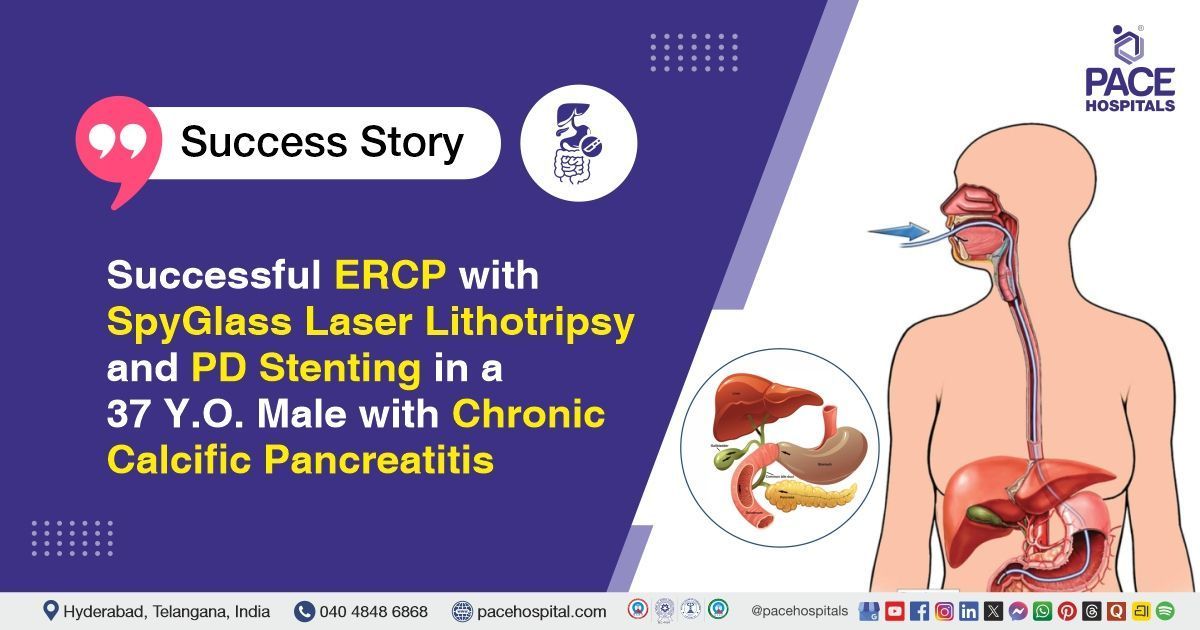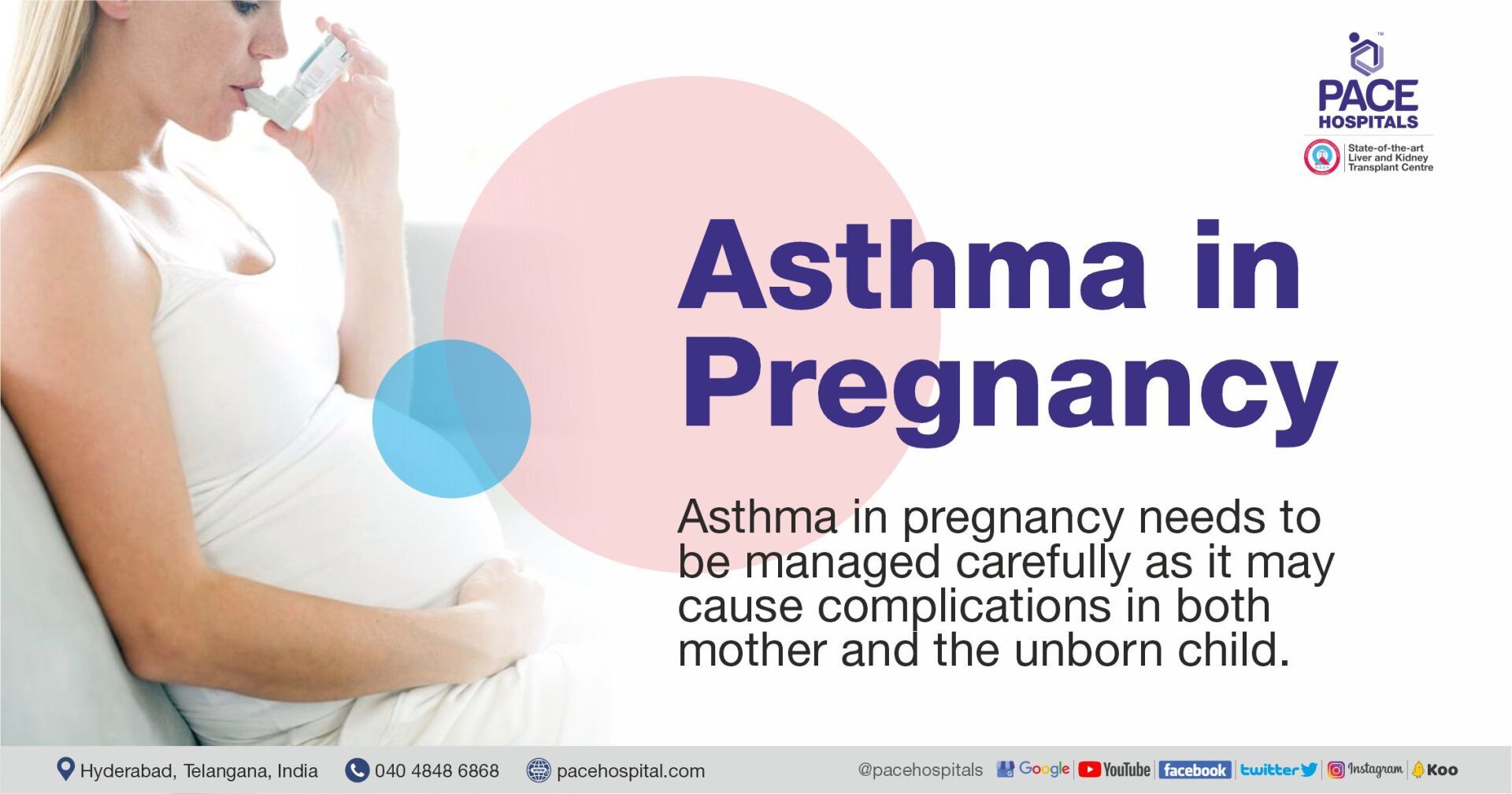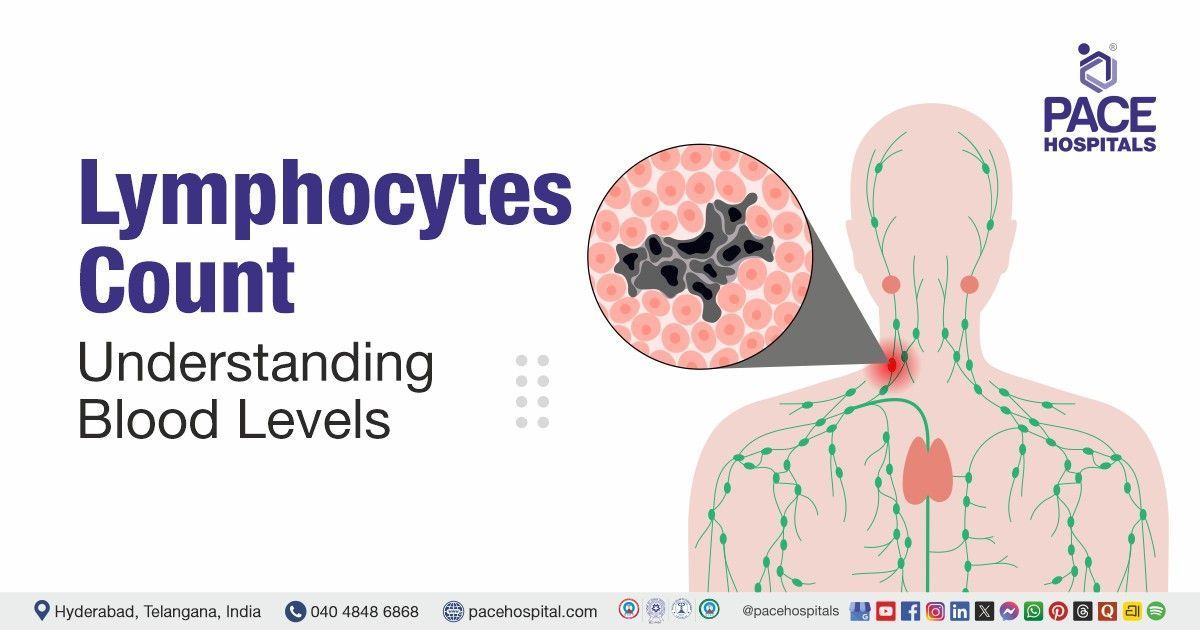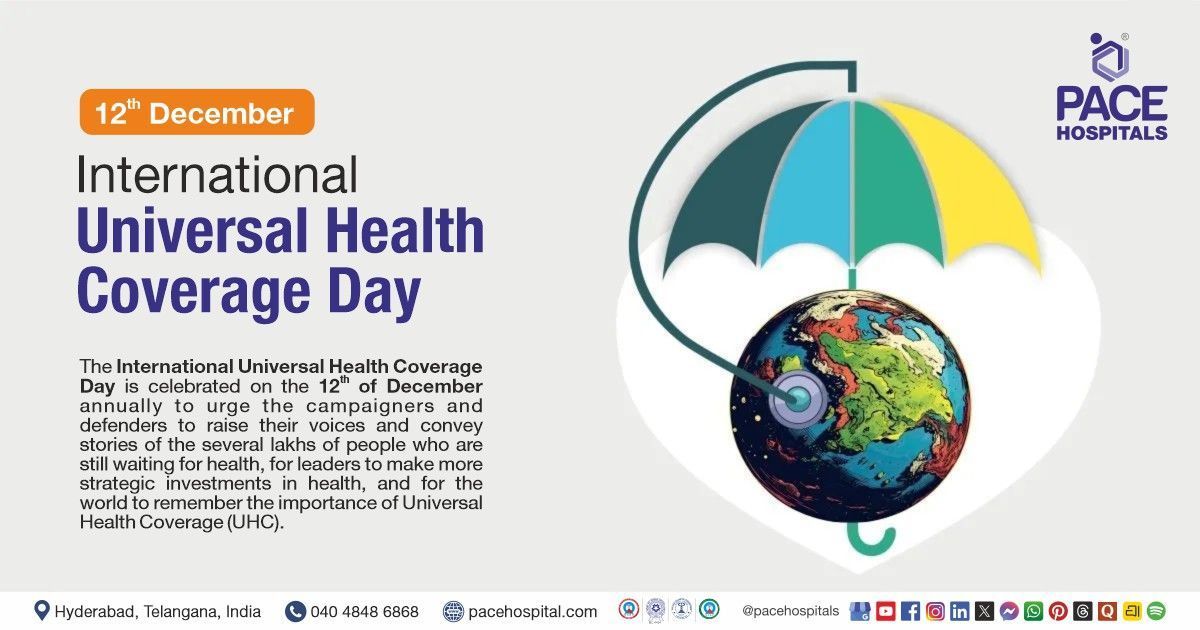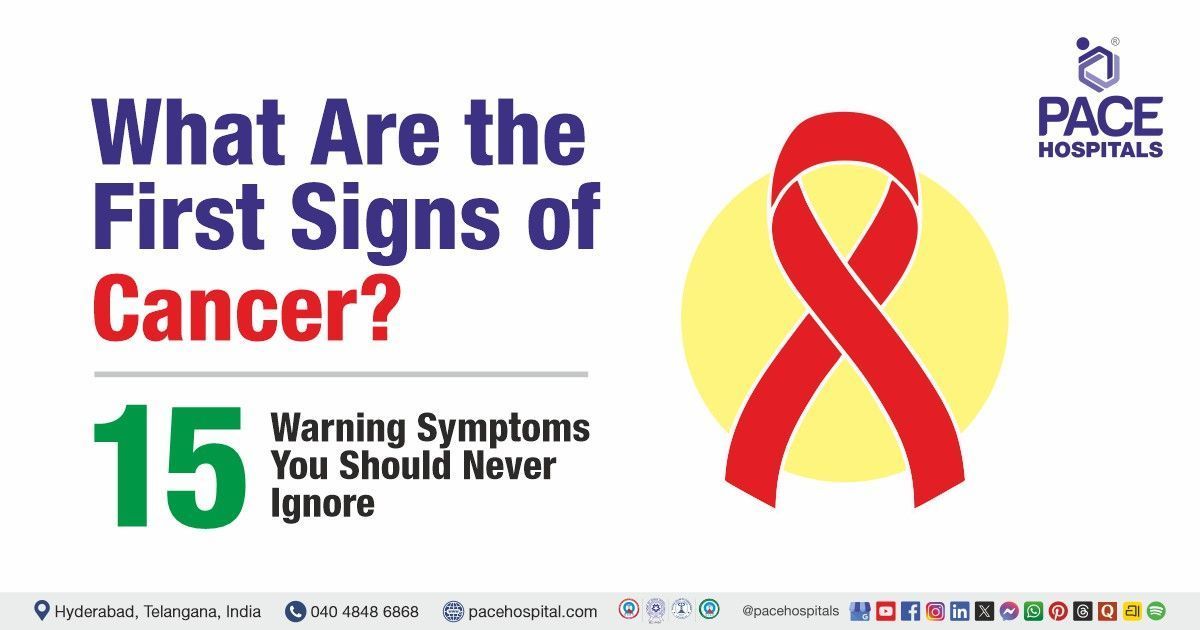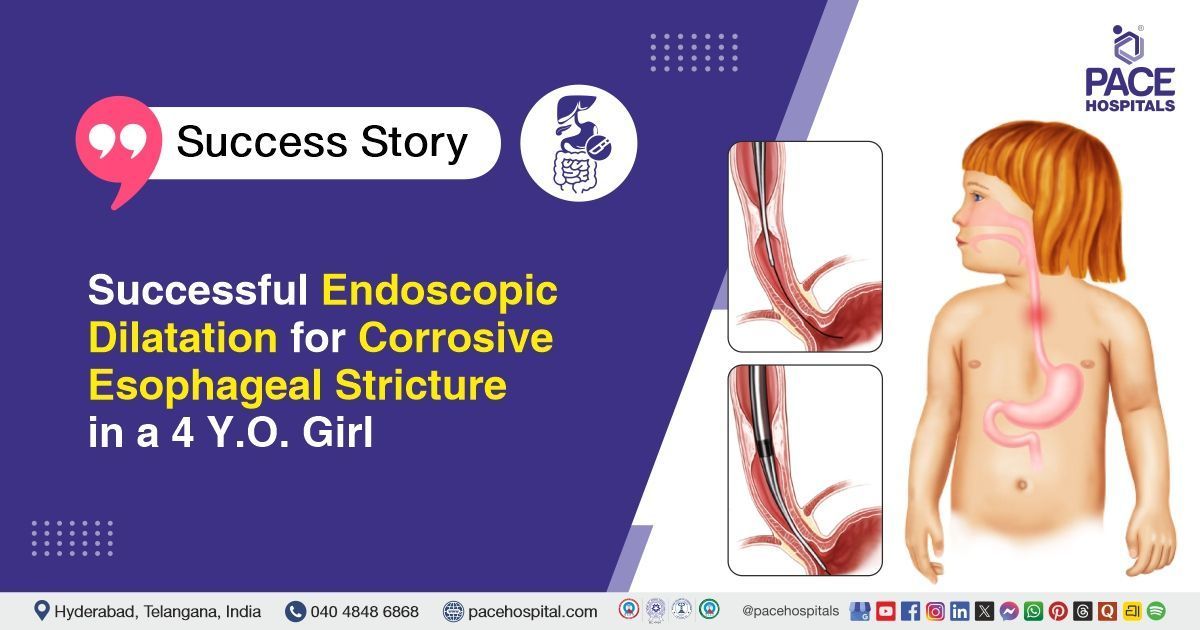Management of Asthma in Pregnancy: Causes, Symptoms and Treatment
PACE Hospitals
Pregnancy is a stage in a woman’s life where every new change in the pre-existing condition is viewed with much anxiety and apprehension. One such important condition is asthma. Asthma in pregnancy needs to be managed carefully as it may cause complications in both the mother and the unborn child.
Demographics
As per studies, about 45% of women in child bearing age suffer from asthma. About 10-13% of pregnant women have asthma symptoms which need to be addressed as found in various international studies and surveys. There are very few studies done in our Indian population, but the overall incidence is almost the same.
Asthmatic symptoms and their variation in pregnancy
By definition, asthma is defined as “airway disease wherein the airways behave abnormally to certain stimuli such as pollen leading to narrowing of normally wide lumen causing characteristic symptoms of wheezing, breathlessness, cough and chest tightness. These symptoms are reversible initially but may become irreversible with progression of time and improper management.”
The presentation of asthma symptoms in pregnancy especially is highly variable and unpredictable. It has been seen that in pregnant asthma women, about 1/3rd have worsened symptoms, 1/3rd have no change in symptoms and the rest of the 1/3rd have complete resolution of symptoms. These changes may be because of the various physiological changes that happen during pregnancy.
The symptoms of asthma are the same in pregnant women as in non-pregnant counterparts, which include breathlessness, wheezing, chest tightness and cough. These symptoms are aggravated mostly during nights and early mornings, during climatic changes more so in cold weather and when exposure to dust or other substances which the person is allergic to.
Causes for exacerbations in pregnancy
The causes of sudden onset or increase in asthmatic pregnant women other than seen in normal women include increased incidence of GERD (gastroesophageal reflex disease), decrease in effective lung volume due to the voluminous uterus containing foetus in late trimester, increase in blood volume. General causes of exacerbations include sudden changes in temperature, exposure to dust, chronic sinusitis etc.
Management and treatment of asthma in pregnancy
The management of asthma in pregnancy is the same as in the general population. It includes both controller and emergency medications. The route of drug delivery is best by inhalation techniques through inhalers (both metered dose inhalers and rotacaps). They should be used as and when necessary.
The severity of asthma is differentiated into mild, moderate and severe basing on the frequency of symptoms and the requirement of emergency medication. It can further be classified into well controlled, moderately controlled and uncontrolled asthma.
Medications such as Monteleukast which are generally used in normal population are better avoided as studies have shown some form of risk to foetus and should only be used after weighing risk benefit ratio. Other medications such as theophylline derivatives (e.g., Deriphylline, Abphylline) should also be used cautiously. Vitamin D supplementation have been shown to decrease the incidence of exacerbations in mother and also reduces the chance of asthma in the newborn in later stage of life.
The most common problem for management of asthma in pregnancy is the cessation of inhaler use, both by the patient and most of the treating physicians thinking that it’s not safe to use inhalers in pregnancy. This should be avoided as the drug that is delivered through inhaler will enter directly into lungs and not into blood stream of the pregnant women to cause any complications. In a study, it has been found that about 65% of pregnant asthmatic women withhold the use of inhalers even after the doctor’s advice. This particular aspect needs to be addressed through proper education via mass communication in a country like ours, where some beliefs are much deep-rooted in society.
What happens if proper treatment is not taken?
Improper or non-adherence to asthma treatment in pregnant women will result in a number prepartum, peripartum and post-partum complications such as pre eclampsia / eclampsia, preterm labor, preterm delivery, increase in rate of caesarean sections, postpartum haemorrhage, prolonged hospitalization. It can affect the child also by causing small to gestational age/ low birth weight babies, hypoxia due to maternal symptoms may cause permanent brain injury or other congenital malformations. It has been shown that babies born to mothers with low vitamin D have higher chance of developing asthma during their adolescent age.
When to have follow up for asthma in pregnant women?
It is advisable that all pregnant women with asthma should consult Pulmonologist or an asthma specialist at a regular intervals of 4 weeks and make sure that their symptoms are well under control.
Epilogue
Asthma is a fairly manageable disease with proper treatment even in pregnancy. A regular check up and customized treatment plan should be made after discussing with the treating physician for a safe and uneventful pregnancy.
Share on
Request an appointment
Fill in the appointment form or call us instantly to book a confirmed appointment with our super specialist at 04048486868
Appointment request - health articles
Recent Articles
